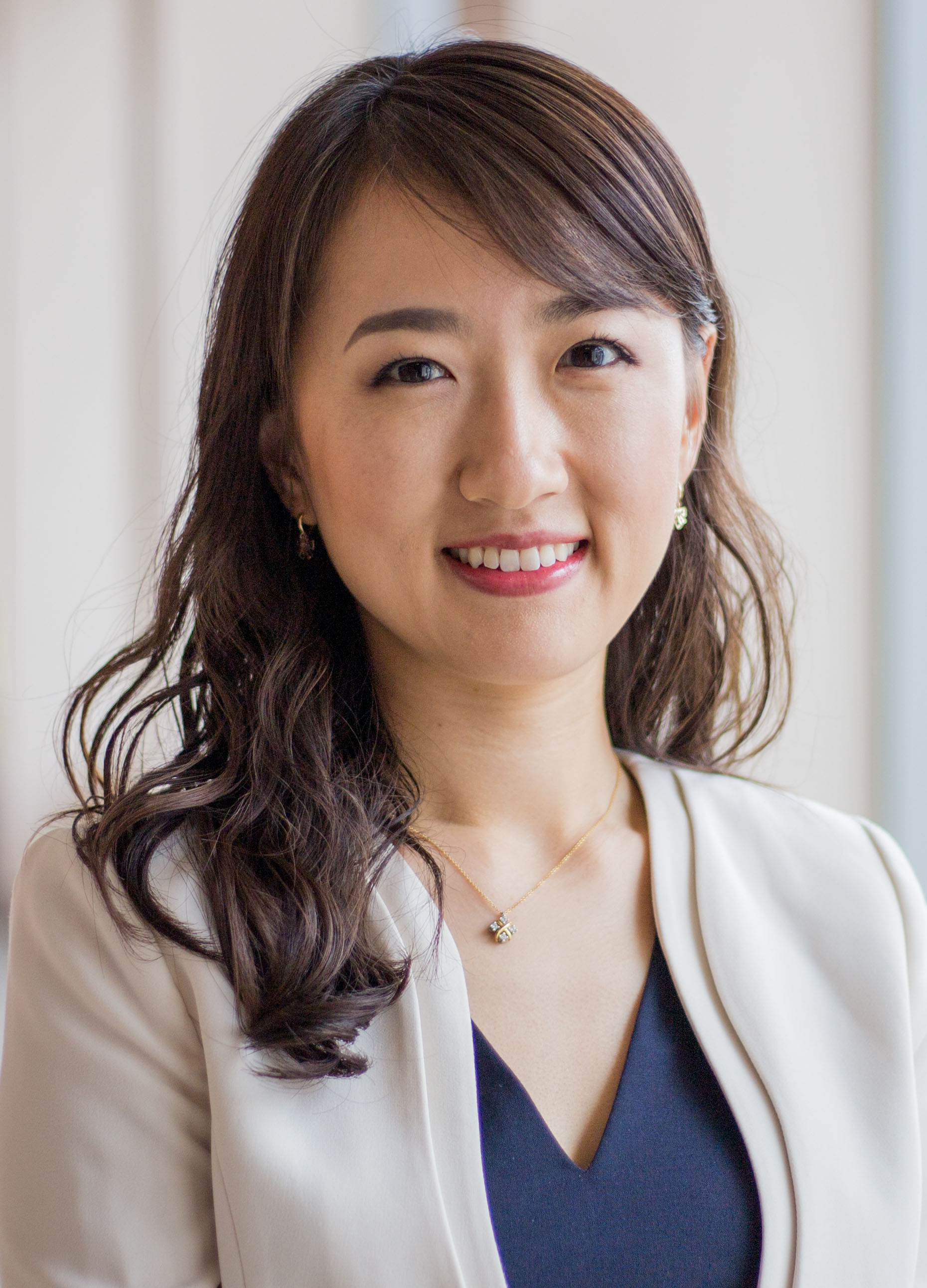AMES, Iowa – October is liver cancer awareness month, which aims to educate those who are high risk about the importance of semiannual screenings.
To improve the effectiveness of liver cancer outreach, Ju-Yeon Lee, an associate professor of marketing in Iowa State University's Ivy College of Business, and colleagues at Notre Dame, Texas A&M, Rice University and University of Texas Southwestern Medical Center, developed a tool to personalize outreach efforts and recommend the most suitable intervention for the patient. Lee says the research, published in the Journal of Marketing, also helps health care providers measure the return on health marketing investments.
"We know how important it is for people at high risk for liver cancer to undergo regular screening," Lee said. "Research has shown regular screening reduces mortality rates for liver cancer by 37% and it can reduce the cost of treatment. That's why it's so important that outreach efforts are effective at getting patients to complete the screening."
The research team, led by Yixing Chen at Notre Dame, conducted a randomized field experiment over several months with 1,800 patients. Patients were assigned to three groups:
- Usual care – doctors offered patients preventative care recommendations during routine visits.
- Outreach alone – patients received usual care plus a letter about screening, followed by a call to those who did not respond to the letter by scheduling an appointment.
- Outreach with patient navigation – patients received usual care and screening letter plus an outreach call and additional reminder call. If patients declined to make an appointment when called, the research staff worked to identify barriers and provide motivational messaging to encourage screening.
Lee says compared to the usual care baseline, outreach efforts increased screening completion rates up to 24 percentage points.
Different response to each intervention
To better understand the differences between the two outreach efforts, the researchers used machine learning algorithms called causal forests. Lee says this technique made it possible to identify differences in how patients responded to outreach interventions. They found increased screening from outreach alone, and outreach with patient navigation is higher among patients who are women, part of a racial or ethnic minority, have a better health status, are covered by medical-assistance insurance and live closer to a clinic.
Lee says patients who are younger, commute faster and live in a neighborhood with public insurance coverage had higher screening completion rates from outreach alone. The increase in screening completion as a result of outreach with patient navigation is higher for patients who are older and live in a higher-income neighborhood.
Return on investment
The research results provide a cost-benefit analysis for all three interventions. The calculation considers the cost of screening, treatment and benefit of extended life expectancy:
- Usual care: Net loss of $840/patient
- Outreach alone: Gain of $1,192/patient
- Outreach with patient navigation: Gain of $1,635/patient
Lee says targeted outreach interventions can enhance the return on investment by 74 to 96%. While the research focused on liver cancer, Lee says providers can apply this approach to any outreach effort.
"Our research clearly demonstrates that a one-size-fits-all approach is not effective nor worth the investment," Lee said. "We encourage health care providers to apply machine learning to develop data-driven, patient-centric outreach programs."
In the paper, the researchers also urged policy-makers, health departments and medical associations to financially support personalized outreach programs. Shrihari (Hari) Sridhar, Texas A&M University; Vikas Mittal, Rice University; and Katharine McCallister and Amit G. Singal, University of Texas Southwestern Medical Center, all contributed to the research.







